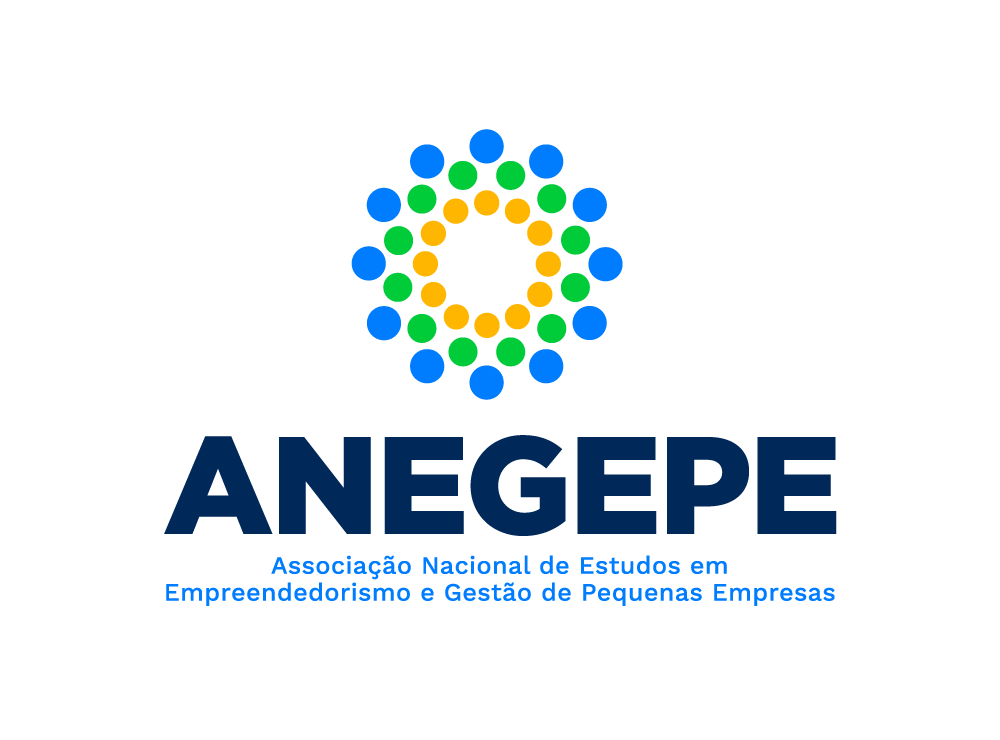Un gran paso para una pequeña empresa: ¿Cómo puede Fumajet escalar su innovación a nivel mundial?
DOI:
10.14211/regepe.esbj.e2342Palabras clave:
Oportunidad Internacional, Modalidad de entrada extranjera, Mercado Emergente, Estrategia internacional, Emprendimiento internacionalResumen
Objetivo: Se trata de un caso didáctico, diseñado para cursos de grado y posgrado en negocios internacionales, marketing internacional o emprendimiento internacional. Describe el proceso de identificación y exploración de una oportunidad internacional por parte de una pequeña empresa emprendedora – Fumajet – y los dilemas de decisión de sus fundadores en relación con la estrategia de internacionalización y el modo de ingreso. Dilema o problema: Frente a varias alternativas potenciales para estructurar sus actividades internacionales, los empresarios necesitan analizar y seleccionar una estrategia de entrada internacional para presentar a la recién creada Junta Directiva después de una reciente entrada de recursos financieros. Relevancia/originalidad: Basado en una situación del mundo real, este estudio de caso utiliza datos recopilados de fuentes primarias y secundarias durante un período de dos años. Así, proporciona a los estudiantes una situación real, relevante y habitual para la toma de decisiones. Al final de este estudio de caso, los estudiantes deberían ser capaces de aplicar estos aprendizajes a escenarios del mundo real. Los desafíos únicos retratados hacen que este estudio de caso sea particularmente atractivo y estimulante para los estudiantes.
Descargas
Citas
Aldrich, H., & Auster, E. R. (1986). Even dwarfs started small: Liabilities of age and size and their strategic implications. Research in Organizational Behavior, 8, 65–186.
Aulakh, P. S., Jiang, M. S., & Pan, Y. (2010). International technology licensing: Monopoly rents, transaction costs and exclusive rights. Journal of International Business Studies, 41(4), 587–605. https://doi.org/10.1057/jibs.2009.19
Brouthers, L. E., & McNicol, J. P. (2009). International franchising and licensing. Kotabe, M.; Helsen, K. (Eds), The Sage Handbook of International Marketing. London: Sage Publications, Thousand Oaks, CA, 183–197. https://doi.org/10.4135/9780857021007.n9
Bruneel, J., & De Cock, R. (2016). Entry mode research and SMEs: A review and future research agenda. Journal of Small Business Management, 54, 135–167. https://doi.org/10.1111/jsbm.12291
Duchêne, A., Sen, D., & Serfes, K. (2015). Patent licensing and entry deterrence: The role of low royalties. Economica, 82, 1324–1348. https://doi.org/10.1111/ecca.12141
Fosfuri, A. (2006). The licensing dilemma: understanding the determinants of the rate of technology licensing. Strategic Management Journal, 27(12), 1141–1158. https://doi.org/10.1002/smj.562
Ghemawatt, P. (2007). Managing differences: The central challenge of global strategy. Harvard Business Review, 85(3), 58–68, 140.
Kahiya, E. T. (2017). Export barriers as liabilities: near perfect substitutes. European Business Review, 29(1), 61–102. https://doi.org/10.1108/EBR-12-2015-0160
Johanson, J., & Vahlne, J.-E. (2009). The Uppsala internationalization process model revisited: From liability of foreignness to liability of outsidership. Journal of International Business Studies, 40(9), 1411–1431. https://doi.org/10.1057/jibs.2009.24
Johanson, J., & Vahlne, J.-E. (1977). The Internationalization Process of the Firm—A Model of Knowledge Development and Increasing Foreign Market Commitments. Journal of International Business Studies, 8(1), 23–32. https://doi.org/10.1057/palgrave.jibs.8490676
Laufs, K., & Schwens, C. (2014). Foreign market entry mode choice of small and medium-sized enterprises: A systematic review and future research agenda. International Business Review, 23(6), 1109–1126. https://doi.org/10.1016/j.ibusrev.2014.03.006
Levitt, T., (1983). The Globalization o fMarkets, Harvard Business Review, 61(3), pp. 92-102.
Madhok, A., & Keyhani, M. (2012). Acquisitions as entrepreneurship: asymmetries, opportunities, and the internationalization of multinationals from emerging economies. Global Strategy Journal, 2(1), pp. 26–40. https://doi.org/10.1002/gsj.1023
Maximize Market Research. (n.d.). Pesticides Market: Global Industry Analysis Outlook and Forecast (2022-2029). Retrieved April 25, 2023, from https://www.maximizemarketresearch.com/market-report/global-pesticides-market/110794/
Mittelstaedt, J. D., Harben, G. N., & Ward, W. A. (2003). How small is too small? Firm size as a barrier to exporting from the United States. Journal of Small Business Management, 41(1), 68–84. https://doi.org/10.1111/1540-627X.00067
Peng, M. W. (2022). Global strategy (5th ed.). Cengage.
Persistence Market Research. (n.d.). Market Study on Pesticides: Popularity of Bio-pesticides to Rise Rapidly Over Coming Years. Retrieved April 25, 2023, from https://www.persistencemarketresearch.com/market-research/pesticides-market.asp
Sestu, M. C., Majocchi, A., & D’Angelo, A. (2018). Entry Mode Strategies: Are SMEs Any Different? In N. Dominguez & U. Mayrhofer (Eds.), Key Success Factors of SME Internationalisation: A Cross-Country Perspective. 34, pp. 63–80. Emerald Publishing Limited. https://doi.org/10.1108/S1876-066X20180000034004
Tharp., B. M. (2012). Product Licensing 101: So Let’s Talk Money - Core77. Retrieved October 18, 2020, from https://www.core77.com/posts/23366/Product-Licensing-101-So-Lets-Talk-Money
Transparency Market Research. (n.d.). Pesticides Market - Global Industry Analysis, Size, Share, Growth, Trends, and Forecast (2017 - 2025) - Report Preview. Retrieved April 25, 2023, from https://www.transparencymarketresearch.com/global-pesticides-market.html

Descargas
Publicado
Métricas
Visualizações do artigo: 1941 Case study (pdf) (English) downloads: 263 Teaching notes (pdf) (English) downloads: 120 xml (English) downloads: 0 Audio (English) downloads: 28 Video (English) downloads: 27
Cómo citar
Número
Sección
Licencia
Derechos de autor 2024 Henrique Fernandes Pacheco, Angela da Rocha, Renato Cotta de Mello, Clarice Secches Kogut

Esta obra está bajo una licencia internacional Creative Commons Atribución 4.0.
Los autores que publican en esta revista están de acuerdo con los siguientes términos:
-
El/La autor(a)/es(as) autorizan la publicación del texto en la revista;
-
La revista no se responsabiliza de las opiniones, ideas y conceptos emitidos en los textos, ya que son de entera responsabilidad de sus autores/autoras;
-
Los autores/autoras mantienen los derechos de autor y conceden a la revista el derecho de la primera publicación, con el trabajo publicado bajo la Licencia CC BY 4.0
, que permite el compartir el trabajo con reconocimiento de la autoría y la publicación inicial en esta revista;
-
Los autores/autoras están permitidos y animados a publicar su trabajo (Versión enviada, Versión aceptada [Manuscrito aceptado por el autor/autora] o Versión publicada [Versión del registro]) en línea, por ejemplo, en repositorios institucionales o preprints, ya que puede llevar a intercambios productivos, así como a citas anteriores y mayores de trabajos publicados. REGEPE pide como condición política para los autores/autoras que indiquen/vinculen el artículo publicado con DOI. Vea el Efecto del Acceso Abierto.














